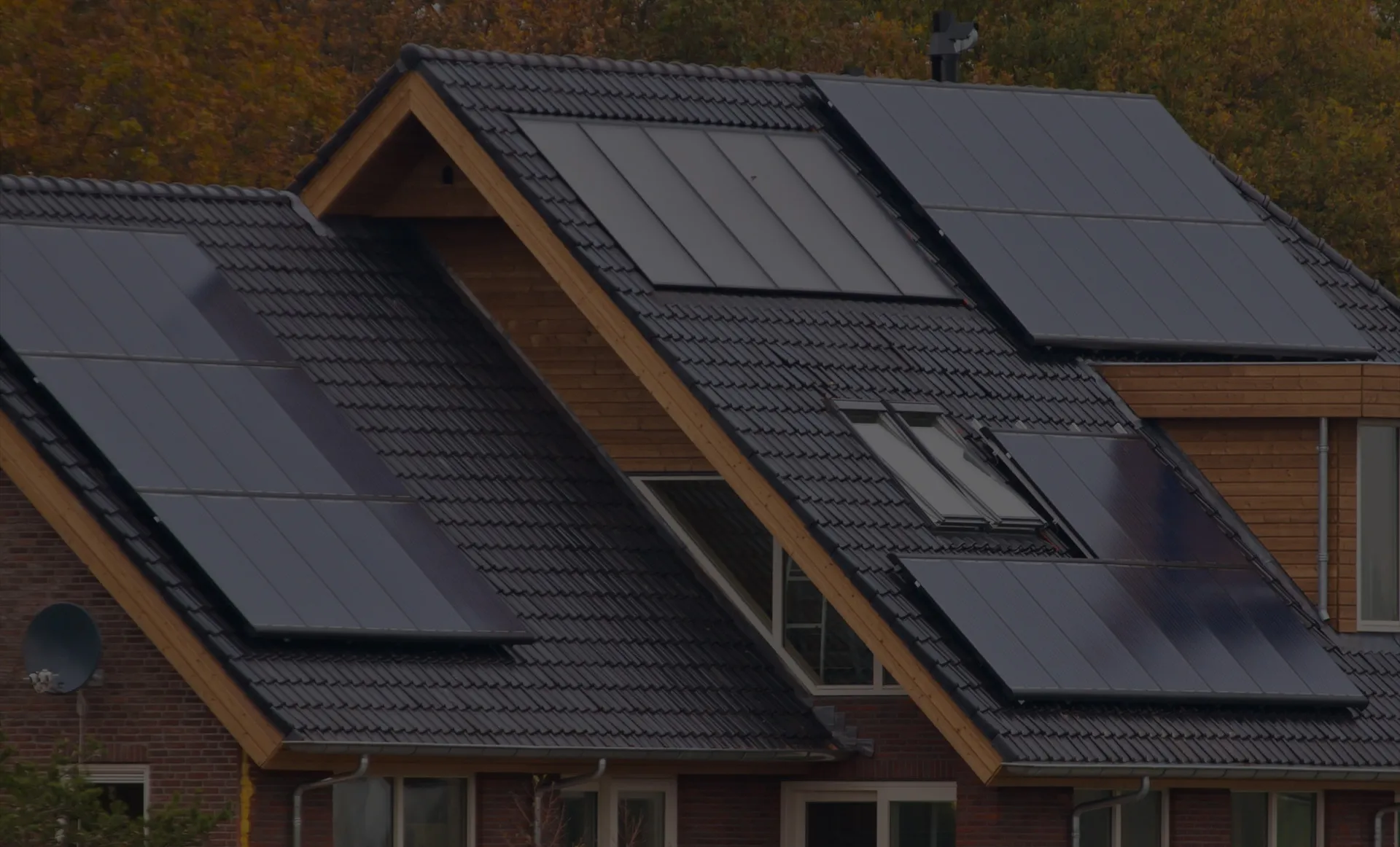solar panel output on cloudy day
Solar Panel Output on a Cloudy Day Understanding Performance and Potential
Solar energy has emerged as one of the most viable renewable energy sources in recent years, owing to its ability to harness the power of the sun. However, many people worry about solar panel efficiency during cloudy or overcast days. Understanding how solar panels perform in less-than-ideal weather conditions is crucial for homeowners, businesses, and energy policymakers aiming to maximize solar energy's potential.
Solar panels, specifically photovoltaic (PV) panels, convert sunlight into electricity. The efficiency of this process is influenced by various factors, including sunlight intensity, angle of incidence, temperature, and atmospheric conditions. While it's true that clear and sunny days yield the highest solar output, solar panels are designed to function effectively even under overcast skies.
Solar Panel Output on a Cloudy Day Understanding Performance and Potential
Several factors contribute to the reduced output on cloudy days. First, the thickness and type of clouds play a significant role. Thick, dark clouds block more sunlight than thin, light clouds, leading to variations in energy production. Moreover, the angle of the sun in relation to the solar panels can also affect performance. Solar panels installed at the optimal tilt can capture more diffuse solar radiation, improving their efficiency during cloudy weather.
solar panel output on cloudy day

Another important aspect to consider is the technology used in the solar panels. High-efficiency solar panels, such as monocrystalline and bifacial panels, are better at generating electricity under low-light conditions compared to traditional polycrystalline panels. Advanced solar technologies, including those with built-in microinverters or power optimizers, can maximize energy capture from the available light, even when conditions are suboptimal.
It's also essential to factor in the role of energy storage systems, such as batteries. These systems can store excess energy produced on sunny days for use during cloudy periods, effectively smoothing out the energy supply and ensuring a more consistent energy flow regardless of weather conditions. With advancements in battery technology, the integration of solar panels with storage solutions has become increasingly feasible and beneficial.
Beyond individual households, the impact of cloudy days on solar energy capacity has implications for the broader energy grid. Utility-scale solar farms can harness energy over a larger area and utilize advanced forecasting technologies to predict energy output based on weather patterns, thereby effectively managing energy resources.
In conclusion, while overcast weather does influence solar panel output, it doesn't render solar energy ineffective. With technological advancements and proper energy management strategies, it is possible to optimize solar energy harnessing even when the skies are gray. As we move towards a more sustainable future, understanding and improving solar energy utilization during cloudy days will play a crucial role in expanding the adoption and reliability of solar power as a key component of the global energy landscape.
-
Unlocking Energy Freedom with the Off Grid Solar InverterNewsJun.06,2025
-
Unlock More Solar Power with a High-Efficiency Bifacial Solar PanelNewsJun.06,2025
-
Power Your Future with High-Efficiency Monocrystalline Solar PanelsNewsJun.06,2025
-
Next-Gen Solar Power Starts with Micro Solar InvertersNewsJun.06,2025
-
Harnessing Peak Efficiency with the On Grid Solar InverterNewsJun.06,2025
-
Discover Unmatched Efficiency with the Latest String Solar InverterNewsJun.06,2025







